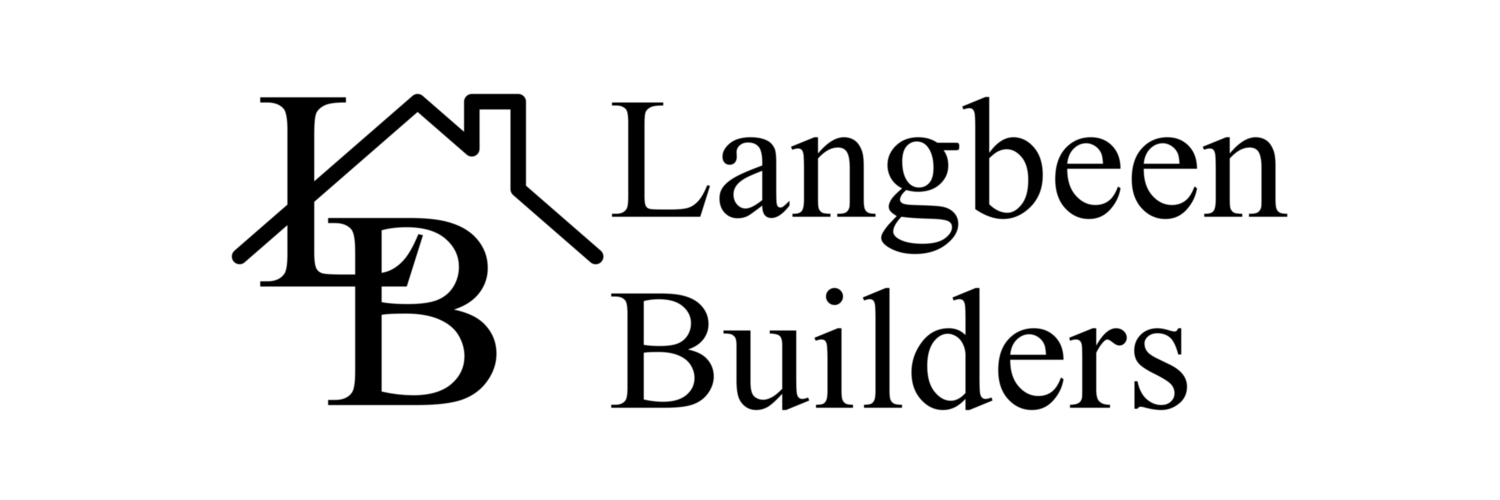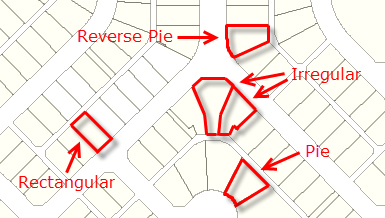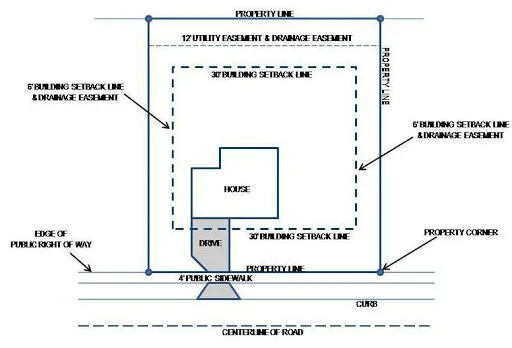CHOOSING A LOT FOR YOUR NEW HOME: SLOPE, SHAPE, SETBACKS, AND EASEMENTS
You’ve decided, you’re going to move and finally build your dream home. While there are numerous steps in the new construction building process, the very first and one of the most critical steps is “Choosing a Lot for Your New Home.” There are several key factors that you need to consider when choosing the lot that is right for you, including slope and shape as well as setbacks and easements.
Slope and Shape
The slope of a lot can greatly affect whether water drains off your property satisfactorily. If water does collect on a property, then it could easily cause problems around footings, foundations, walkways, driveways, wells, and septic systems. Slopes can range from the very moderate or gentle grade (easiest to build on) or extreme grades such as homes built into hillsides.
The lot shape illustrates a lot’s boundaries, showing how the parcel of land is laid out. In addition to the most common lot shapes, rectangular or square, there are also the following:
Triangular
Pie shaped
Reverse pie
Irregular
The shape of a lot can not only affect the functionality of the space but the value. For example, if the lot is pie shaped, and the pointed end is in the back, then most of your usable space is in the front of the home, by the street. In the future, that could make the home less valuable because most homeowners want to spend time in the back not the front. If a lot is irregular, then it can pose other challenges such as to the home’s layout, style, and size as well as any landscaping and exterior amenities.
Setbacks and Easements
Two other factors that could affect which lot you choose build on include setbacks and easements. Setbacks or building restrictions are imposed on landowners by local government and HOAs. A setback is the minimum distance a home must be set back from the street, property line, easement, river, shore, or any other place that is considered a protected area. Local governments create setbacks through ordinances and building codes to provide better public safety and maintenance services, allow for adequate privacy and visual access, and ensure environmental protection. A setback may not permit you to build exactly where you want on your lot.
An easement gives a person or third-party provider the right to access your property for a specific purpose, for example, local utility companies hold easements to access power or cables lines. This type of easement is an easement in gross. Another type of easement is an easement appurtenant, which involves two parcels of land. One parcel bears a burden while the other reaps a benefit, for example, your lot’s backyard faces the beach and in order for your neighbor to access the beach they must walk through your yard. This type of easement could affect the way you had originally purposed the lot to be used and should be taken into consideration when looking at land buying options.
Easement Appurtenant



